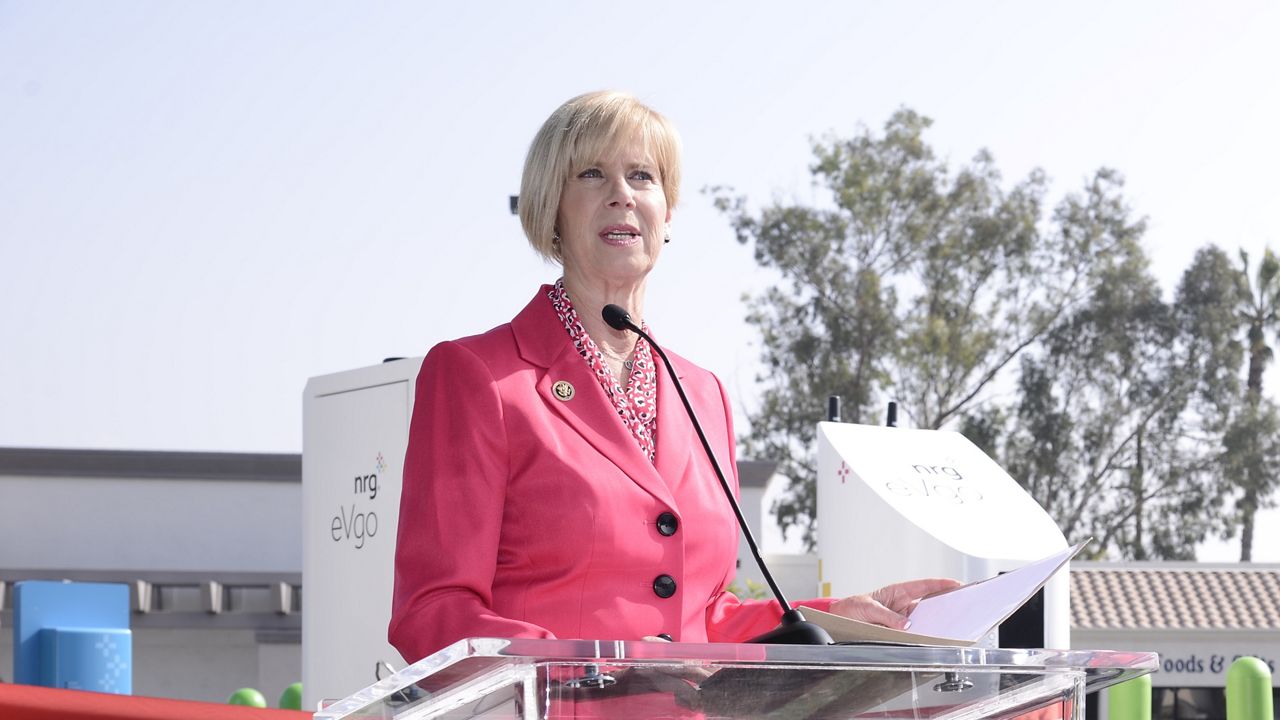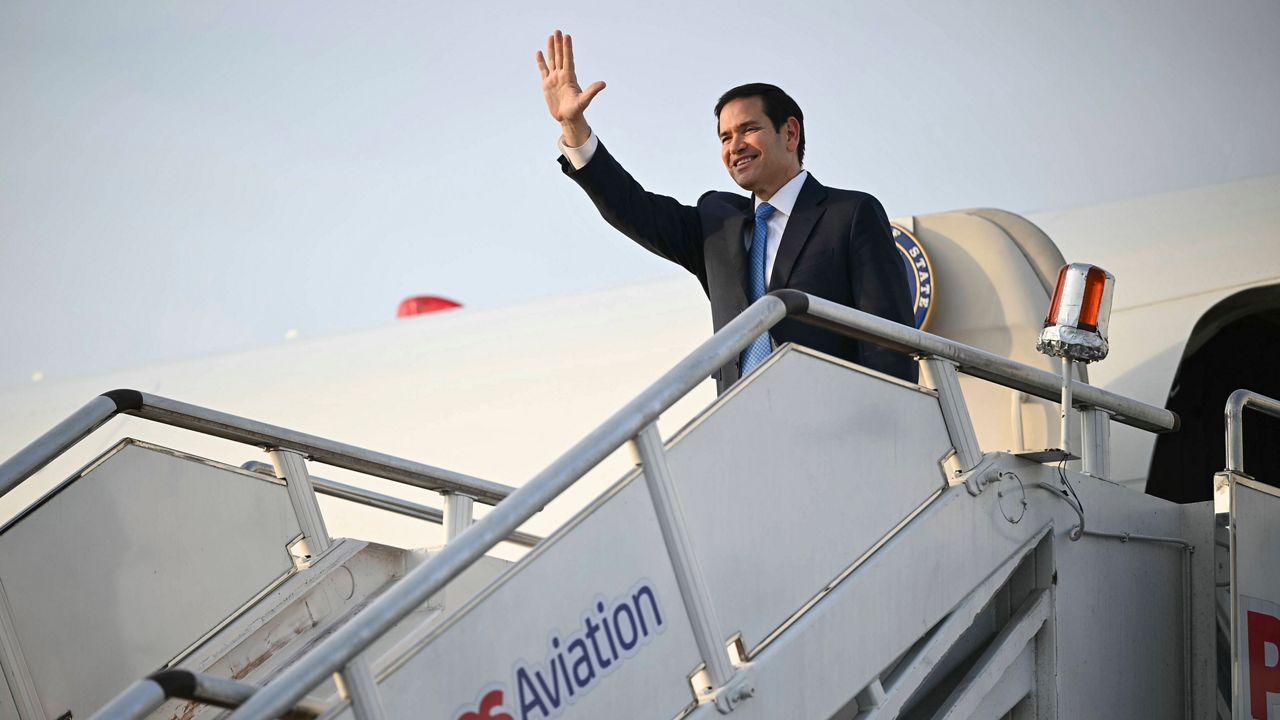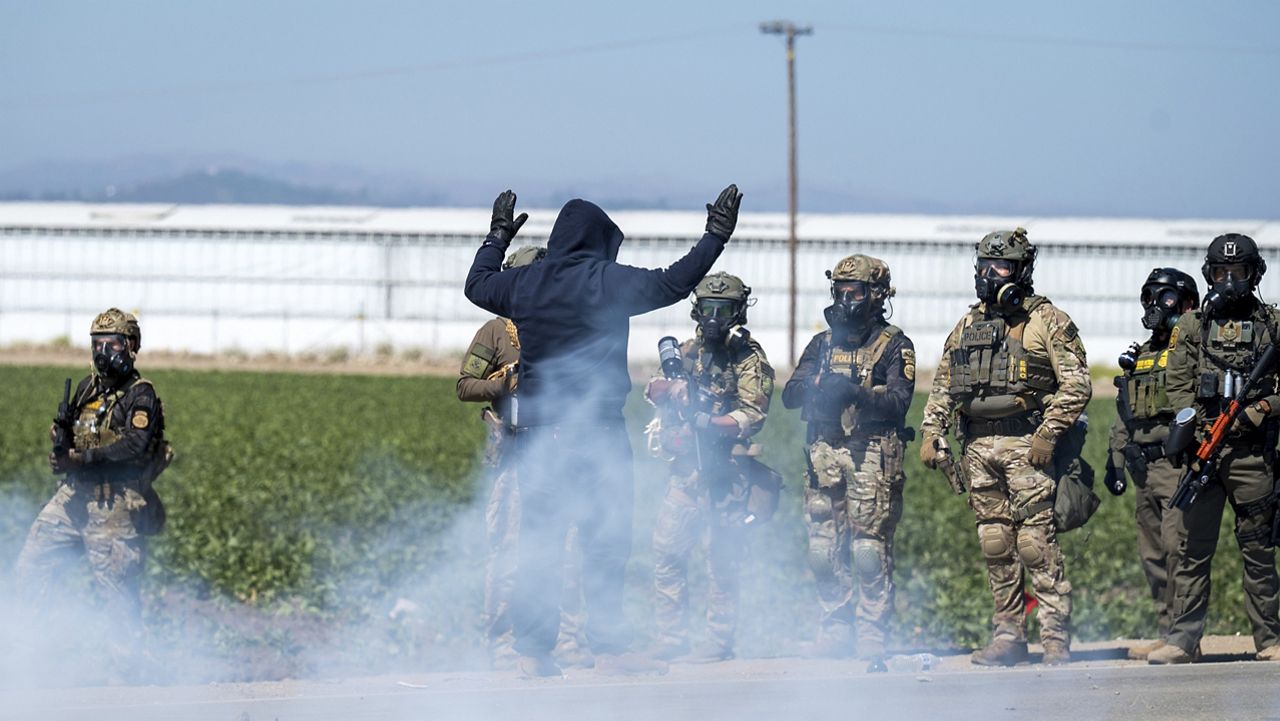With California experiencing its worst wildfire season on record, a debate is raging between the Trump administration and the scientific community about what, exactly, is to blame for multiple blazes that have so far this year burned 3.2 million acres, killed 25 people, and destroyed 4,200 structures in the state, according to the California Department of Forestry and Fire Protection.
With 25 major wildfires burning from border to border, President Trump visited California Monday to meet with Gov. Gavin Newsom. While the president contended that poor forest management is the root cause, Gov. Newsom urged him to consider the California perspective “where we submit the science is in and observed evidence is self-evident – that climate change is real.”
According to the most recent California Climate Change Assessment, the frequency of extreme wildfires is projected to increase in the future, with the average area burned statewide increasing 77 percent by 2100 if greenhouse gas emissions continue to rise. The assessment also found that average annual maximum daily temperatures in the state are expected to increase by as much as 9 degrees over the same period, and that the water supply from snowpack is expected to decline by two thirds.
“While there’s no doubt that forest management practices have led to the accumulation of vegetation that’s ready to burn, it’s undeniable that climate change is playing a role in intensifying our wildfires in the west,” said Kristy Dahl, senior climate scientist with the Union of Concerned Scientists.
“There have been multiple studies now that show rising temperatures and decreasing precipitation have contributed to about half of the overall vegetation readiness to burn that is attributable to climate change,” Dahl said. “While it’s true that we need to do more prescribed burns in California and throughout the west, it is also true that that is not going to solve the problem.”
Temperatures have been steadily increasing in the state. Average temperatures in California rose almost two degrees Fahrenheit between 1950 and 2000, according to NASA scientists, who found that temperatures had risen in six of the state’s seven major climatic subregions. In August, one of the hottest air temperatures ever recorded on the planet was in California’s Mojave Desert when the mercury hit 130 degrees.
Chris Field, a climate scientist with Stanford University, said the area that wildfires have burned in California has been increasing dramatically since the 1980s and dovetails with warming temperatures.
“There’s no question the west has become warmer. There’s no question that the length of the wildfire season has become longer. And there’s no question that drier fuels and hotter conditions set the stage for more wildfires and more intense wildfires that can rapidly grow to catastrophic proportions,” said Field, whose university is situated just a few miles away from the SCU Complex Fire that ignited in mid August and has burned almost 400,000 acres.
Multiple studies “consistently show that climate change has approximately doubled the area burned over the past 20 years or so,” he said.
Driven by the human release of greenhouse gases, climate change can be mitigated by transitioning away from fossil fuels for electricity, transportation, and agriculture, Field said, as well as by developing “natural climate solutions,” such as slowing the cutting of forests that release greenhouse gases into the atmosphere.
“If we don’t do anything, we will face increasing risks of these devastating wildfires for the foreseeable future. The thing we don’t want to do is have all the forests burn up,” said Field, adding that this year’s wildfires in California have burned 10 percent of the state’s 30 million acres of forest.
About 57 percent of the forests in California are controlled by the federal government; 3 percent is state forest, Gov. Newsom pointed out to President Trump Monday. According to the U.S. Forest Service, 21 of the major wildfires currently burning in the state are on federal land.
For his part, President Trump has doubled the level of assistance the federal government will provide for California’s vegetation and forest management over the next 20 years. Trump has repeatedly stated that California’s wildfires are the result of dead trees falling down, drying out, and not being cleared, as well dried leaves on the ground.
“It’s really a fuel for a fire,” President Trump said Monday. “They have to do something about it.”
While California Natural Resources Agency Secretary Wade Crowfoot urged the president to “recognize the changing climate and what it means to our forests,” Trump countered: “It will start getting cooler. Just you watch.”
“I wish science agreed with you,” Crowfoot added, to which Trump responded, “I don’t think science knows, exactly.”




